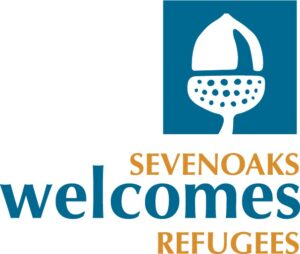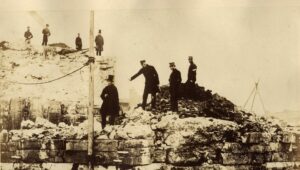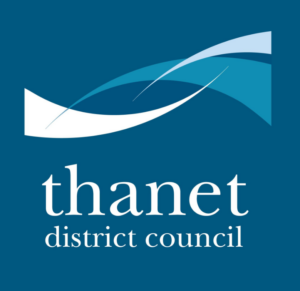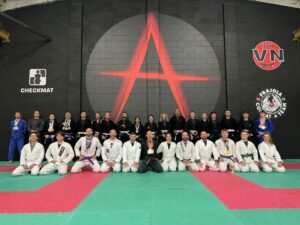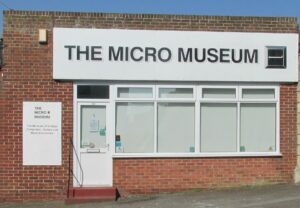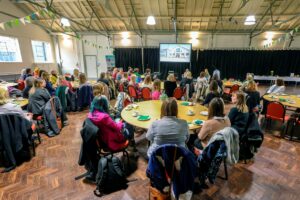- 01843 834160
- [email protected]
- Mon - Fri: 9:00 - 17:00
Medway Archives Centre – The Short Brothers
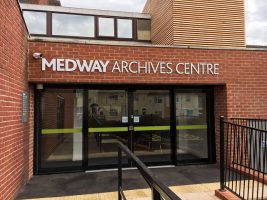
If you were unable to make the Short Brothers talk with Philip MacDougall on Wednesday, 3 July, here is a brief outline of their early history:
Horace Leonard, Albert Eustace, and Hugh Oswald Short were three brothers who were at the forefront of early aviation, the first forty years of which was in Medway / Kent. Their works on Sheppey and at Rochester helped to advance aeronautical design and manufacture from the very start of fixed wing flight.
They built the first British powered aircraft to complete a circular flight of a mile, the first to build a tailless aircraft that could fly, they built the world’s first twin engine aircraft, and their factory on the Isle of Sheppey was the first British purpose-built aircraft factory.
In 1893 the two younger brothers, Eustace and Oswald, witnessed a hot air balloon rising nearby, and this stimulated a life-long interest.
In 1898 Eustace purchased and learnt how to use a coal-gas filled balloon and he and Oswald became showmen, performing displays at flower shows, galas and fairgrounds.
Horace meanwhile was occupied with acoustic experiments and in 1900 set up a laboratory to pursue this. It was here in 1901 that Eustace and Oswald constructed their first balloon, and in 1902 the brothers formed a partnership to design and manufacture perfectly spherical balloons. In 1903 they received their first commission to build two military observation balloons for the Government of India.
The two Short brothers built around thirty balloons for the Aero Club; being appointed in 1907, going on to be appointed aeronautical engineers. Noticing the market for flying machines, they enlisted Horace to join them as chief designer at the Short Brother’s Company in 1908.
The brothers started production on Sheppey in 1909, at Shellbeach, close to the Aeroclub’s Muswell Manor, unfortunately the landing ground there was unsuitable so they moved to nearby Eastchurch in 1910.
The training of naval officers inspired the Brothers to think of water take offs and landings; their search for a large stretch of water led them to the River Medway in Rochester. They were based there from 1914 to 1948.
The Brothers became the official UK constructors of aircraft for Wilbur and Orvill Wright and suppliers of aircraft to the Aero Club, building aircraft for JTC Moore Brabazon, CS Rolls and Frank MacLean to name but three.
During the 1914-18 war, the Short Brothers supplied the Short Admiralty Type 184, the first aircraft to sink a ship. The S.184 was also adapted and developed for the Royal Flying Corps, and came to be known as the Short Bomber.
After WW1 the Company branched out into buses, boats and electric canoes.
During the 1920s and 30s, long distance flights had to be made in stages. Short Brothers designed the luxurious Empire Flying Boats for travel to far-flung places by the very wealthy. The Mayo Composite shown here was a prototype, ordered by the Air Ministry to achieve non-stop flight across the Atlantic for the fast delivery of mail. This intriguing design never went into production, but we are fortunate to have a scale model of it in our foyer at Medway Archives.
Both the Airport and Esplanade works at Rochester were bombed during the Second World War. They were vulnerable to attack, being close to the south coast and well within range of the German bombers. Therefore the Brothers speeded up the decision to close the Rochester works and move to Belfast. Short Brothers left Rochester in 1948.
The Short Brothers had a huge impact on aeronautical engineering both locally and nationally.
This was just a short overview of the Short Brothers’ place in aviation history, if you’d like to know more why not visit our exhibition at the Archives Centre that runs until Tuesday, 17 September. The team are on hand should you have any questions.
You are able to keep up to date with our articles, news and publications by following us on our social media channels below:







